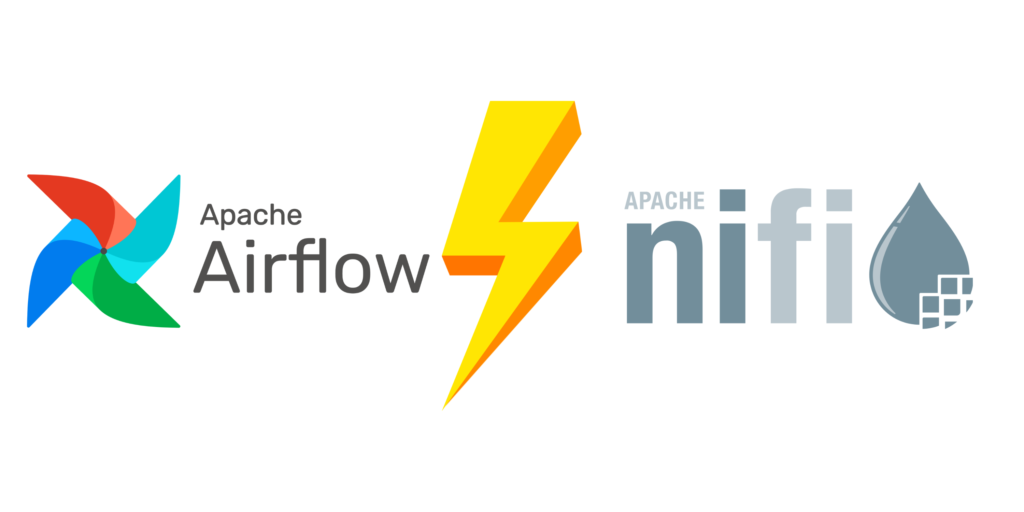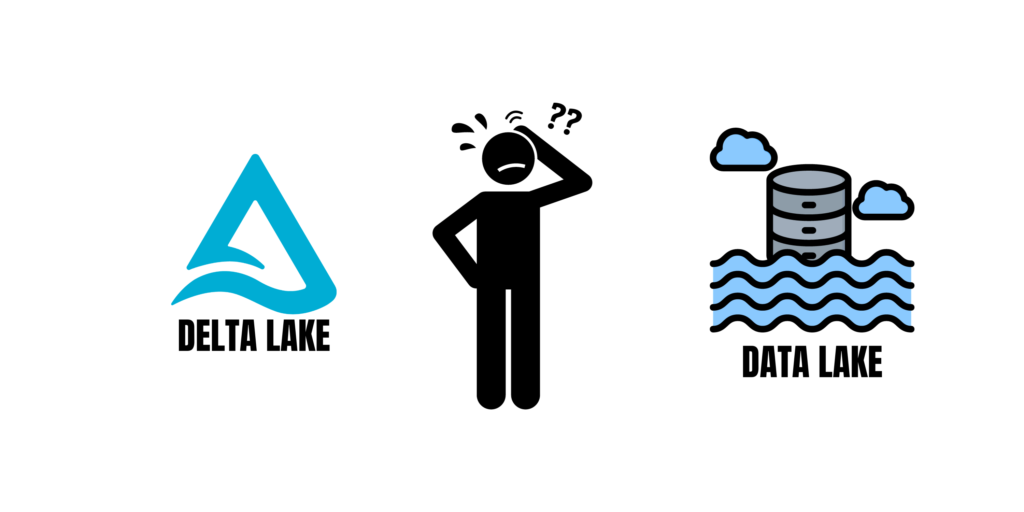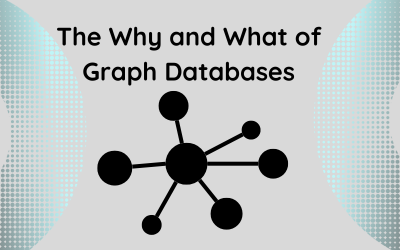Apache Airflow and Apache NiFi stand out as two powerful open-source tools. Both are designed to streamline data workflows, they address different aspects of the data processing pipeline. This article provides a comprehensive comparison of Apache Airflow and Apache NiFi, delving into their features, similarities, differences, and use cases.
What is Apache Airflow?
Apache Airflow is an open-source platform for orchestrating complex workflows. Developed by Airbnb, it enables the definition, execution, and monitoring of workflows as directed acyclic graphs (DAGs). Airflow’s strength lies in its ability to manage dependencies between tasks, allowing for the creation of intricate data pipelines.
What is Apache NiFi?
Apache NiFi, on the other hand, is a data integration tool that focuses on the automation of data flow between systems. Originally developed by the National Security Agency (NSA) and later open-sourced, NiFi provides a user-friendly interface for designing data flows, making it accessible to users with varying technical expertise.
Similarities
While Apache Airflow and Apache NiFi serve distinct purposes, they share some commonalities:
Open Source
Both Airflow and NiFi are open-source projects, fostering a collaborative community and allowing users to contribute to their development.
Extensibility
Both tools are designed to be extensible, allowing users to integrate custom plugins and extensions to meet specific requirements.
Scalability
Scalability is a key consideration for both Airflow and NiFi. They can handle large-scale data processing and are built to scale horizontally as data volumes increase.
Differences
Now, let’s explore the differences between Apache Airflow and Apache NiFi:
Workflow vs Data Flow
- Apache Airflow: Primarily focuses on orchestrating workflows, defining and scheduling tasks in a structured manner.
- Apache NiFi: Emphasizes the automation of data flows, providing a visual interface to design and manage the movement of data between systems.
Task Execution
- Apache Airflow: Executes tasks in a distributed manner, allowing parallel processing of tasks.
- Apache NiFi: Executes tasks in a more linear fashion, with a focus on data flow through a directed graph.
Ease of Use
- Apache Airflow: Generally requires a higher level of technical expertise due to its DAG-based workflow definition and Python scripting.
- Apache NiFi: Boasts a user-friendly graphical interface, making it accessible to users with varying technical backgrounds.
Monitoring and Logging
- Apache Airflow: Provides detailed logs and a web-based user interface for monitoring workflows.
- Apache NiFi: Offers a visual data provenance feature, allowing users to trace the path of data through the system.
Use Cases of Apache Airflow
- Data Warehousing:
- Airflow is often used to manage complex data workflows in data warehouses, ensuring timely and accurate data processing.
- ETL (Extract, Transform, Load) Pipelines:
- Companies use Airflow to orchestrate ETL pipelines, facilitating the seamless movement and transformation of data between systems.
- Data Science Workflows:
- Airflow is employed to schedule and monitor data science workflows, enabling reproducibility and automation.
Use Cases of Apache NiFi
- Data Ingestion:
- NiFi is commonly used for ingesting data from various sources into a centralized data repository.
- IoT Data Management:
- NiFi excels in handling the flow of data from Internet of Things (IoT) devices, ensuring efficient and secure data movement.
- Real-time Data Processing:
- Organizations leverage NiFi for real-time data processing, enabling them to react swiftly to changing data conditions.
Key Features of Apache Airflow
- DAGs (Directed Acyclic Graphs):
- Airflow’s DAGs enable the definition of complex workflows with dependencies between tasks.
- Dynamic Workflow Generation:
- Users can dynamically generate workflows in Airflow, making it adaptable to changing data processing needs.
- Extensive Plugin Support:
- Airflow supports a wide range of plugins, allowing users to extend its functionality to integrate with various systems.
Key Features of Apache NiFi
- Visual Interface:
- NiFi’s graphical interface simplifies the design and management of data flows, reducing the learning curve for users.
- Data Provenance:
- NiFi provides detailed data provenance, allowing users to trace the origin and path of data through the system.
- Security and Access Control:
- NiFi offers robust security features, including encryption and access control, ensuring the integrity and confidentiality of data.
Conclusion
In conclusion, both Apache Airflow and Apache NiFi are powerful tools that cater to different aspects of data management. The choice between them depends on the specific needs of the organization. If the focus is on orchestrating complex workflows with dependencies, Apache Airflow is a strong contender. On the other hand, for organizations looking for a user-friendly tool to automate data flows and integration, Apache NiFi provides an intuitive visual interface.
Ultimately, the decision should be based on factors such as the nature of the data workflows, the technical expertise of the users, and the specific requirements of the organization. Whether it’s managing ETL pipelines, orchestrating data science workflows, or handling real-time data processing, both Airflow and NiFi offer valuable features to streamline and enhance data management processes.



